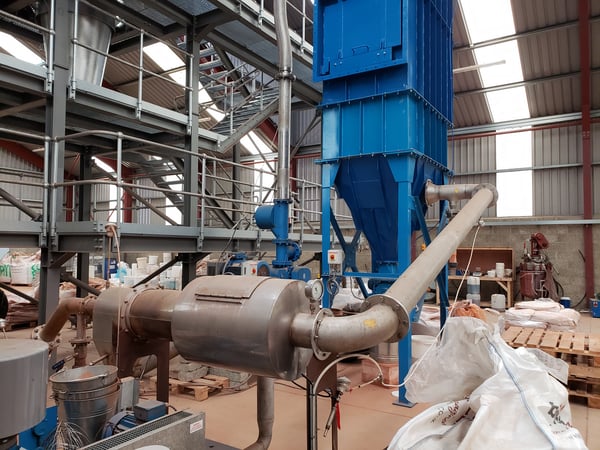Maintaining a clean and safe working environment is essential, especially in workshops and industrial settings where dust and airborne particles are common byproducts. A well-designed dust collection system is crucial for both the health of workers and the longevity of machinery. We will explore various ways to enhance the performance of your dust collection system, ensuring optimal efficiency and effectiveness.

Begin by evaluating your existing dust collection system. Identify any bottlenecks, leaks, or areas where the system might be underperforming. Consider factors such as ductwork layout, filter condition, and the capacity of the collection unit. This initial assessment will provide valuable insights into the specific areas that need improvement.
2. Proper Ductwork DesignEfficient ductwork design is fundamental to the success of any dust collection system. Ensure that the ducts are appropriately sized to maintain a consistent airflow velocity. Minimize bends and turns in the ductwork, as these can lead to pressure drops. Straight and smooth ducts allow for better particle transport, reducing the likelihood of dust settling and clogging the system.
3. Optimize Airflow and VelocityAchieving the right balance of airflow and velocity is critical for an effective dust collection system. Too much or too little airflow can compromise performance. Consult equipment manuals or an HVAC professional to determine the optimal airflow rate for your machinery and workspace. Adjust the system accordingly to maintain a consistent and efficient collection of dust particles.
4. Regular MaintenanceFrequent maintenance is key to the longevity and efficiency of your dust collection system. Check and replace filters as needed, inspect ductwork for leaks, and clean out any accumulated dust or debris. Neglecting regular maintenance can lead to reduced system performance and potential safety hazards. Develop a maintenance schedule and adhere to it diligently.
5. Invest in High-Quality FiltersThe effectiveness of a dust collection system heavily relies on the quality of its filters. Consider upgrading to high-efficiency filters that can capture smaller particles, providing a cleaner and healthier workspace. HEPA (High-Efficiency Particulate Air) filters are an excellent choice for trapping even the tiniest airborne particles, contributing to improved air quality.
6. Utilize Secondary FiltrationIn some cases, incorporating secondary filtration can enhance the overall performance of your dust collection system. Cyclone separators and baghouses are examples of secondary filtration devices that can capture larger particles before they reach the main filter. This not only extends the life of the primary filter but also prevents premature clogging.
7. Consider Variable Frequency Drives (VFDs)Variable Frequency Drives (VFDs) enable you to adjust the speed of your dust collection system's fan motor. By varying the speed based on demand, you can optimize energy consumption and maintain consistent airflow. This not only contributes to cost savings but also ensures that the system is operating at peak efficiency.
A well-designed and properly maintained dust collection system is a valuable asset for any workspace. By assessing your current system, optimizing ductwork design, maintaining regular upkeep, and investing in high-quality filters, you can significantly improve the efficiency and effectiveness of your dust collection system. Implementing these improvements not only contributes to a healthier working environment but also enhances the longevity and performance of your machinery.
To improve efficiency and safety, there is no substitute for an on-site inspection by an experienced expert. Click below to start with a free 20-minute phone consultation by clicking the button.

